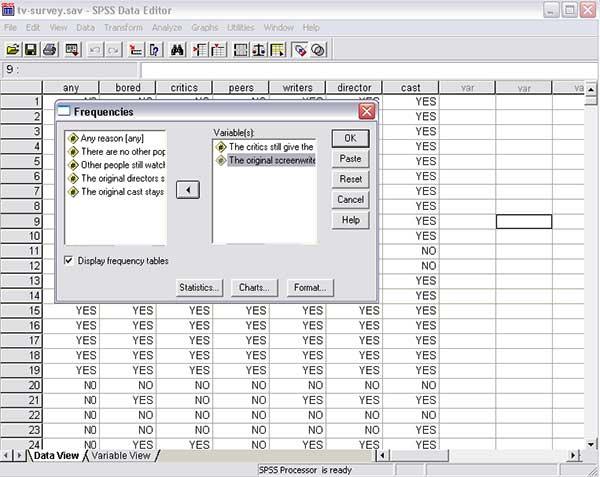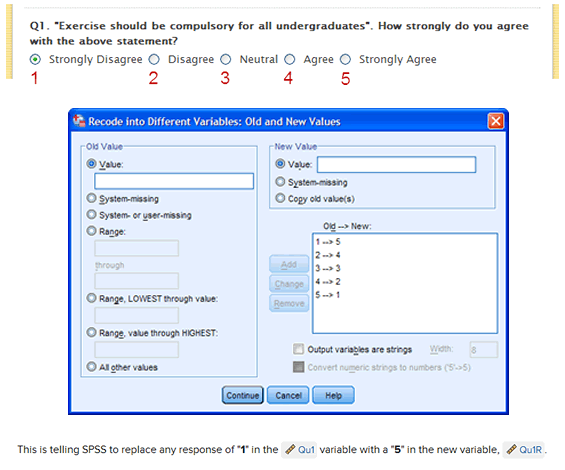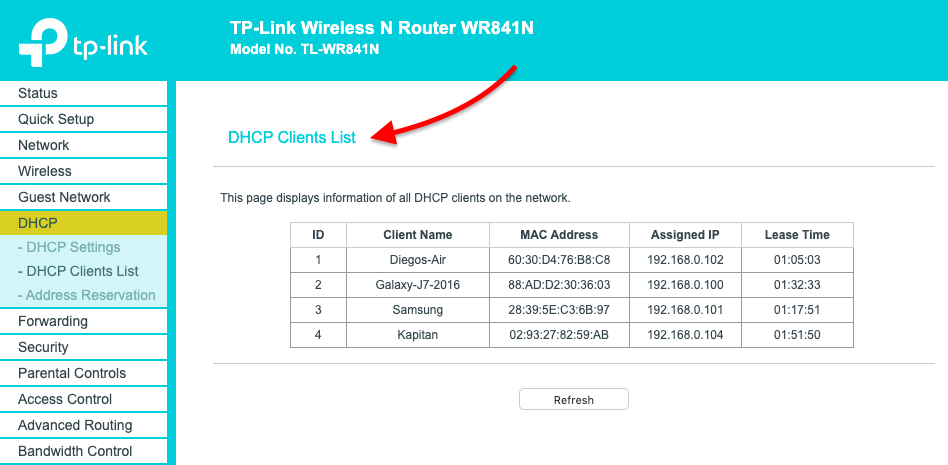

VARIABLE LABELS MENTDIST ‘frequent mental distress’. (0 thru 13=0) (14 thru Highest=100) (ELSE=SYSMIS) INTO MENTDIST. **Computed measure: Percent with frequent mental distress** VARIABLE LABELS UNHLTH ‘sum of phys ment days recoded so max <31’. (SYSMIS=SYSMIS) (0 thru 30=Copy) (31 thru Highest=30) INTO UNHLTH. **recoding maximum value of SUMDAYS to 30, since 30 days is the logical maximum value of overall unhealthy days see page 9 of the technical monograph, Measuring Healthy Days (CDC 2000), for additional information on overlap** VARIABLE LABELS SUMDAYS ‘sum of phys ment days’. **(If either value of physically unhealthy days or mentally unhealthy days is missing, this computes the resulting appropriate missing value.)** VARIABLE LABELS PORHLTHR ‘activity limitation days’. **The example below assumes SYSMIS displays skipped cases 88 displays persons asked the question, but who responded zero days 77 displays persons who were asked the question but were unsure and 99 displays persons who were asked the question but refused to answer it.** Imputing zero days is only valid when mentally unhealthy days and physically unhealthy days are both zero.** Please note original coding for the missing (skipped) value, since it might be coded as a MISSING, SYSMIS, or sometimes as a “.00” value.

**Note: If physically unhealthy days is zero (0) and mentally unhealthy days is zero (0), the question on activity limitation days (due to poor physical or mental health) is skipped. VARIABLE LABELS MENTR ‘mentally unhealthy days’. (31 THRU HIGHEST=SYSMIS)(ELSE=Copy) INTO MENTR. VARIABLE LABELS PHYSR ‘physically unhealthy days’. (31 THRU HIGHEST=SYSMIS)(ELSE=Copy) INTO PHYSR. **Physically and mentally unhealthy days, and recent activity limitation days** **(recoding to account for zero days (coded as 88 in BRFSS), missing values, data entry errors/outliers)** VARIABLE LABELS FAIRPOOR ‘percent fair poor’. (MISSING=SYSMIS)(1 thru 3=0) (4 thru 5=100) (ELSE=SYSMIS) INTO FAIRPOOR.

Use self-rated health variable (GENHLTH) recode into 2 categories: (1) excellent, very good, good (2) fair, poor* **Computed measure: Percent fair to poor health** Label frqmentd=”Percent with frequent mental distress” * Derived measure: Percent with frequent mental distress Label unhealth=”# Unhealthy days in past 30 days” Then unhealth=min(30,sum(physhlth,menthlth)) Īrray qoldays physhlth menthlth poorhlth * then change (impute) the number of recent activity limitation days to zero days. * if the number of recent activity limitation days is missing (skip pattern), * if the number of mental health days not good equals zero, and * If the number of physical health days not good equals zero, and * Convert values of 88 to zero and out-of-range values to missing. Physically and mentally unhealthy days and recent activity limitation days Label fairpoor=”Percent fair->poor self-rated health” (including the derived measure of percent fair->poor self-rated health) Unhealthy days (sum of physically and mentally unhealthy days not to exceed 30 days).Self-rated health (including the derived measure of the percent of persons with fair to poor self-rated health).Technical Note 1686181 provides a similar set of instructions for recoding date intervals into categories.Below are SAS, SPSS, and SUDAAN syntax to appropriately recode and/or create the following Healthy Days variables:

If no time is specified in the value of a date variable, a time of 0:00:00 is assumed. Note that an SPSS date variable is stored as the number of seconds from 0:00:00 on to the date and time specified. Both jobs assume your data file has already been read into SPSS. They differ only in that the first job uses a specific IF command for each group number, whereas the second job uses the loop structure. The 2 jobs handle date ranges in the same way. There are 2 short jobs below which recode admission dates, ranging from 11/1/92 to 10/31/97, into group codes according to the admission year Nov 1, 199x to Oct 31, 199x+1.


 0 kommentar(er)
0 kommentar(er)
